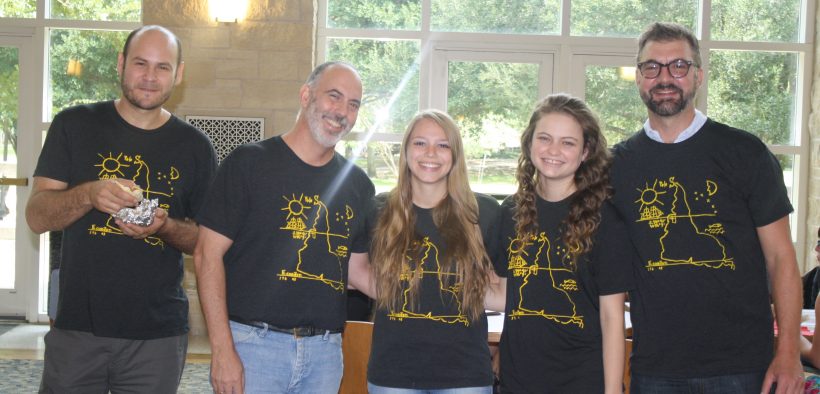Southwestern Celebrates Increasing Latino Presence in Student Body
Share

By: Esteban Woo Kee
The last issue of the Megaphone reported the Hispanic Heritage Month celebrations that occurred at Southwestern from September 15th to October 15th. As alumni return to campus for homecoming weekend, they may notice a Latino student population noticeably larger than when they were students at SU. According to the Office of Institutional Research, the 2015 enrollment of Hispanic-identifying students is at an all time high of 22%, up 10% since 2005.* In addition, Southwestern’s growing Latino presence is shaping our academic landscape and campus culture.
All students have access to learn about issues affecting the Latino community through a variety of courses. This fall, the Latin American Studies program was replaced by a Latin American and Border Studies (LABS) program at Southwestern. To understand this shift I reached out to
“The call came largely from students and also from faculty strengths,” Associate Professor of Art History and Chair of LABS, Patrick Hajovsky said. He went on to describe how SU’s growing Latino population and its geographic and geopolitical location in a border state give our university a unique advantage in the study of this discipline.
Race and Ethnicity Studies (RES), offered as a minor is also fairly new to the University. The RES minor began in Fall 2013 and like LABS was driven by student initiative.
According to Associate Professor of Philosophy and Chair of Race and Ethnicity Studies, Omar Rivera, over 25% of Southwestern faculty are affiliated with the RES minor in some way. Rivera believes that “LABS and RES provide an intellectual and academic home for Latina and Latino students.” These programs teach about “thinking in the position of Latino people but in a way that is relevant to everybody.”
Senior Guillermo Alvarado, Sociology major and RES and Fem Studies double minor said that his interest in Southwestern’s Latino community took hold during the spring of his sophomore year when he took Intro to Feminist Studies and “Latinos and Education in the U.S.”. Research he and current senior and Sociology major Claire Blyth conducted during their Latinos and Education course culminated in their co-authorship with Associate Professor of Sociology Sandi Nenga of a chapter in College Students’ experiences of power and marginality: sharing spaces and negotiating differences published this Spring.
Alvarado explained that he has applied what he has learned about the Latino community in his classes at Southwestern to his leadership role as president of Latinos Unidos (LU). Alvarado says he strives to teach new members of LU about intersectionality and how Latino is one of many identities that people may inhabit in their lives.
“When people think of issues faced by Latinos they might think of the border and immigration or racism, but what are other things that affect Latinos? Like what about access to birth control or the fight for marriage equality? These are issues that affect Latinos everyday,” said Alvarado.
Kappa Delta Chi (KDChi), is a Latina founded service sorority that serves as an additional safe social space for women of marginalized backgrounds. Amigas is a mentorship based club for Latina students that is currently in the works to start up again after a hiatus that lasted a couple of years.
“I was shocked when I walked into the room at the first meeting, it was packed,” senior Tori Vasquez, president of KDChi said.
The Office of Institutional Research has found that since 2008 the Fall-Fall retention rate of Hispanic students was greater than Non-Hispanic students in 2009, 2011, 2012, and 2014. Despite these impressive figures, Latino students are still the minority at a noticeably white campus.
“There’s not a ton of unity among Latinos. There are a lot of great resources that I take advantage of, but I know several students who’ve felt uncomfortable in the classroom or on campus when they arrive their first year, if they don’t find those spaces they may question if they will return the next year,” Vasquez said.
A story about the Latina History Project will appear in a future issue of the Megaphone and conclude this three part series about Southwestern’s Latino presence.
*This year’s second print issue reported that one quarter of the SU student population identifies as Hispanic, but updated research has found this percentage to be 22% rather than 25%.
